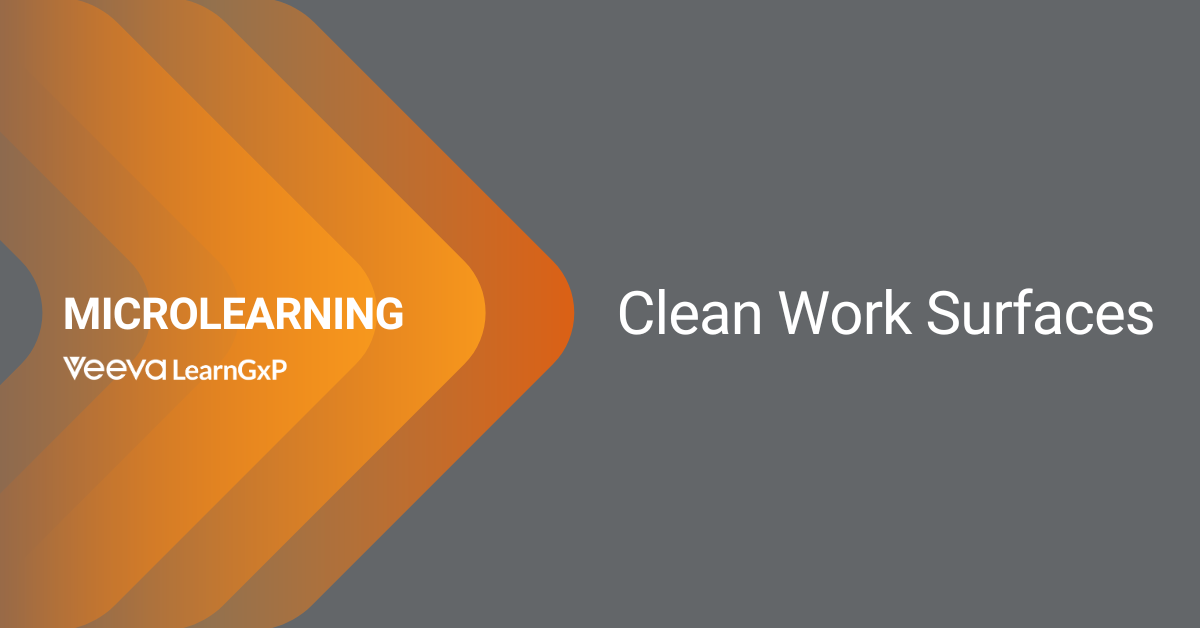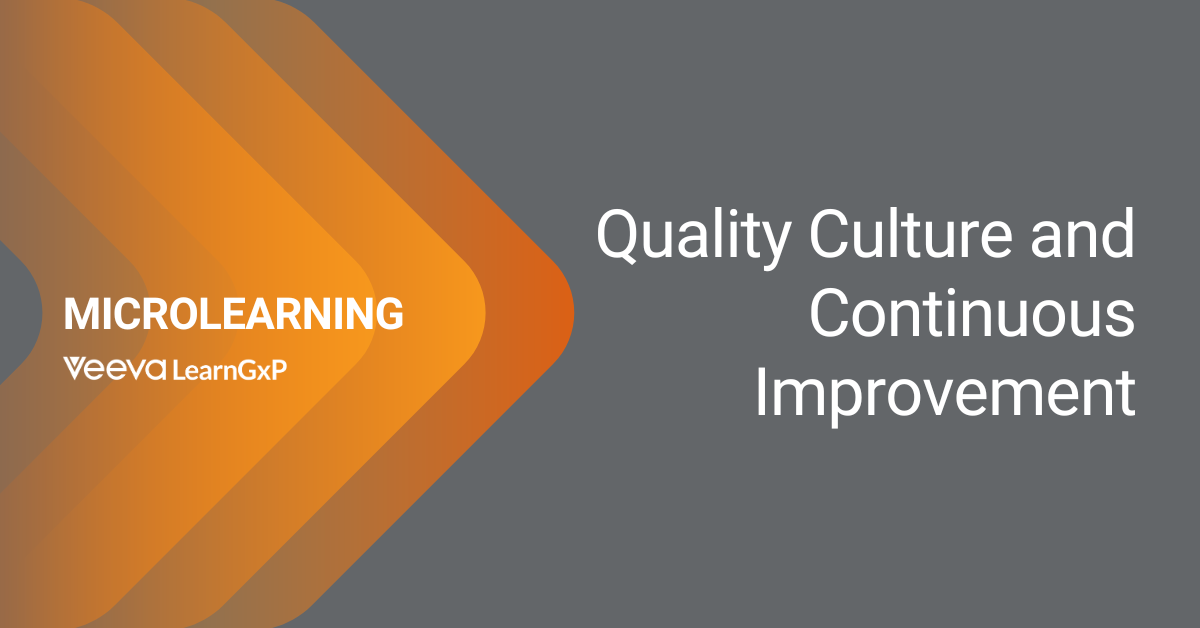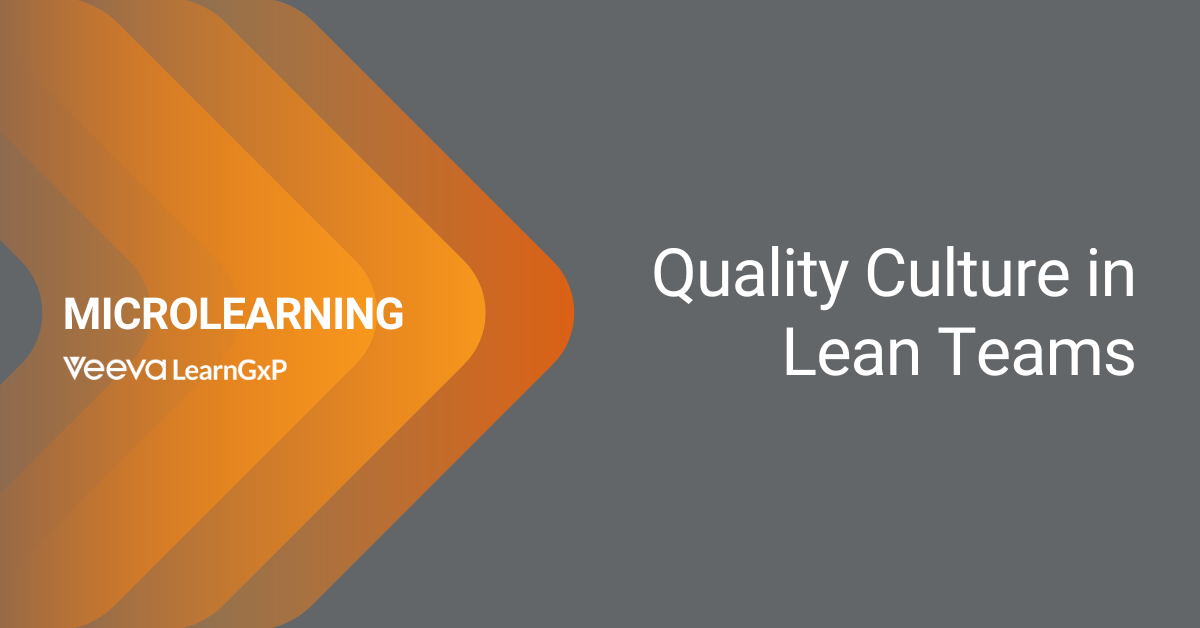What is Drug Contamination?
In the pharmaceutical industry, contamination can lead to catastrophic consequences. It can compromise the safety of patients, staff, and the environment – as well as affect the business.
Drug contamination can be described as the undesired introduction of impurities (of a chemical or microbiological nature) or foreign matter, into or onto; a starting material, intermediate product, or finished product during:
- Production
- Sampling
- Packaging
- Re-packaging,
- or during Storage or Transport.
Each manufacturing process step, piece of equipment, or system has an impact on product quality and can pose a risk of contamination.
As a result of this incident, The Food, Drug and Cosmetic act of 1938 was established thus giving the United States Food and Drug Administration (FDA) the authority to act and inspect manufacturing facilities. Firms were required to demonstrate that drugs were safe and must submit a New Drug Application requesting approval to commercialize the drug in the US. With the continued sporadic repeat of this event, in 2007 the FDA published guidance requiring the testing of glycerin for the presence of di-ethylene glycol.




